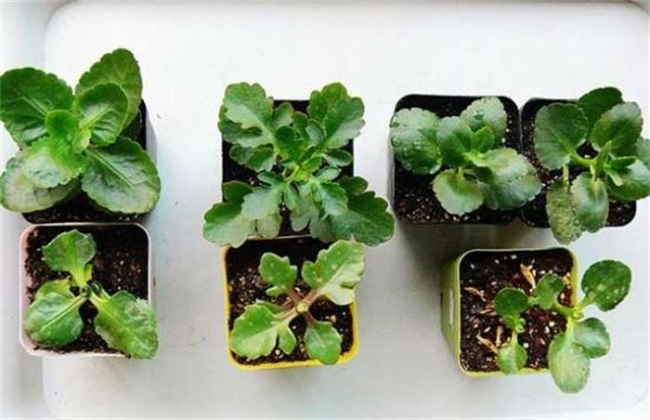Planting methods and pest control of lotus bowleri
The blooming flowers of lotus bowls are very large and brightly colored. It also gives off fragrance and grows well. It is a precious aquatic flower. When breeding, we should pay attention to the method of making beautiful lotus bowl. The following editors introduce the planting methods and pest control methods of lotus. I hope everyone likes it.

The method of planting lotus bowl
1. Transplant: grow bowls in bottomless pottery pots or plastic pots with a diameter of 45-75 cm. Add half a pot of garden soil or river pond mud to the basin. When transplanting, the fine roots of the small river seedlings are pressed into the mud. In the middle, plant a plant in each pot and add an appropriate amount of water after transplanting, so that the water will not immerse the small lotus leaves.
two。 Moisture: the amount of water is different in different growth stages of bowl lotus. It is not advisable to plant too much. Too much water can hinder the growth of young roots and lead to rotten roots. When the leaves grow up, they will gradually add water, and sooner or later they will water.
3, fertilization: bowl lotus seed seedlings should be mixed with a small amount of rotten cake fertilizer or bean bran, peanut bran as base fertilizer, but not excessive fertilization, generally in the cultivated soil to add a small amount of cake fat and other base fertilizer to meet its needs throughout the year.
4, light: the bowl lotus is full of sunshine, if the light is less than 4 hours a day, it will not be able to form buds. During birth, it should be placed in the sun on a sunny balcony or windowsill to get plenty of sunshine. Proper sunshade should be needed at noon in summer and early autumn.
5. Pruning: when a bowl of lotus leaves grows too much and too dense, some leaves can be removed properly to promote plant breathing and ventilation. It also helps flowers. When using the same container for multiple cultures, if the leaves are found to have strong sunlight, they should be cultured in time.
Pest control of lotus bowlis
1. Rot disease
[symptoms] the disease occurs in the whole plant and develops from the roots and extends to underground stems, petioles, leaves and pedicels. The underground stem seems asymptomatic at first, but some cross-sectional tubes turn light brown or brown and gradually expand.
[prevention and treatment] spray 50% carbendazim wettable powder 600 times and 75% chlorothalonil wettable powder 600 times.
two。 Leaf rot
[symptoms] the shape of the leaves floating on the water is uncertain, some are "S", some are like scorpions, brown or dark brown, the leaves become brown and rotten with serious illness, and it is difficult to pull them out of the water.
[prevention and treatment] spray 50% carbendazim wettable powder 800 times solution or 70% methyl topiramate wettable powder 800 times solution or 30% basic copper sulfate suspension 500 times solution at the beginning of the disease, spray about once every 10 days, control 2 to 3 times in a row.
3. Decay
[symptoms] the leaves on the leaves are covered with small black spots, and then expand into a round, polygonal or irregular shape. The edge is black with yellow halo lesions. The gray and black in the middle has a wheel pattern. The diseased site is easy to break or fall off. Leaves and leaf margins are incomplete.
[prevention and control] 50% carbendazim wettable powder 600 times, or 75% chlorothalonil wettable powder 600 times, or 36% methyl topiramate-suspension 500 times, sprayed every 10 days, continuously controlled 2 times for 3 times.
4. Anthrax
[symptoms] on the leaves, the original brown spots, then the spots expand to nearly 10 mm or more round lesions, and the edges of the lesions are dark.
[prevention and treatment] 75% chlorothalonil wettable powder, or 36% methyl topiramate suspension, or 50% carbendazim wettable powder 1500 times, or 80% anthracnose wettable powder, spray once every 10 days, continuous control 2 to 3 times.
Time: 2019-05-13 Click:
- Prev

Longevity flower cutting method
Longevity flower cutting method
- Next

Culture methods and pest control of Gladiolus
Gladiolus has high ornamental value and can be used as flower basket, bouquet, vase and so on. It can also arrange flower beds and special flower beds. It is also one of the four largest cut flowers in the world. It has a good reputation. The following editor introduces the cultivation methods of Gladiolus. I hope you all like it.
Related
- Fuxing push coffee new agricultural production and marketing class: lack of small-scale processing plants
- Jujube rice field leisure farm deep ploughing Yilan for five years to create a space for organic food and play
- Nongyu Farm-A trial of organic papaya for brave women with advanced technology
- Four points for attention in the prevention and control of diseases and insect pests of edible fungi
- How to add nutrient solution to Edible Fungi
- Is there any good way to control edible fungus mites?
- Open Inoculation Technology of Edible Fungi
- Is there any clever way to use fertilizer for edible fungus in winter?
- What agents are used to kill the pathogens of edible fungi in the mushroom shed?
- Rapid drying of Edible Fungi

